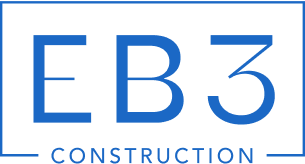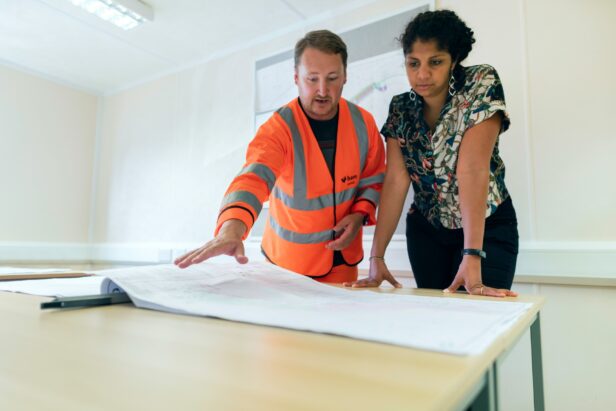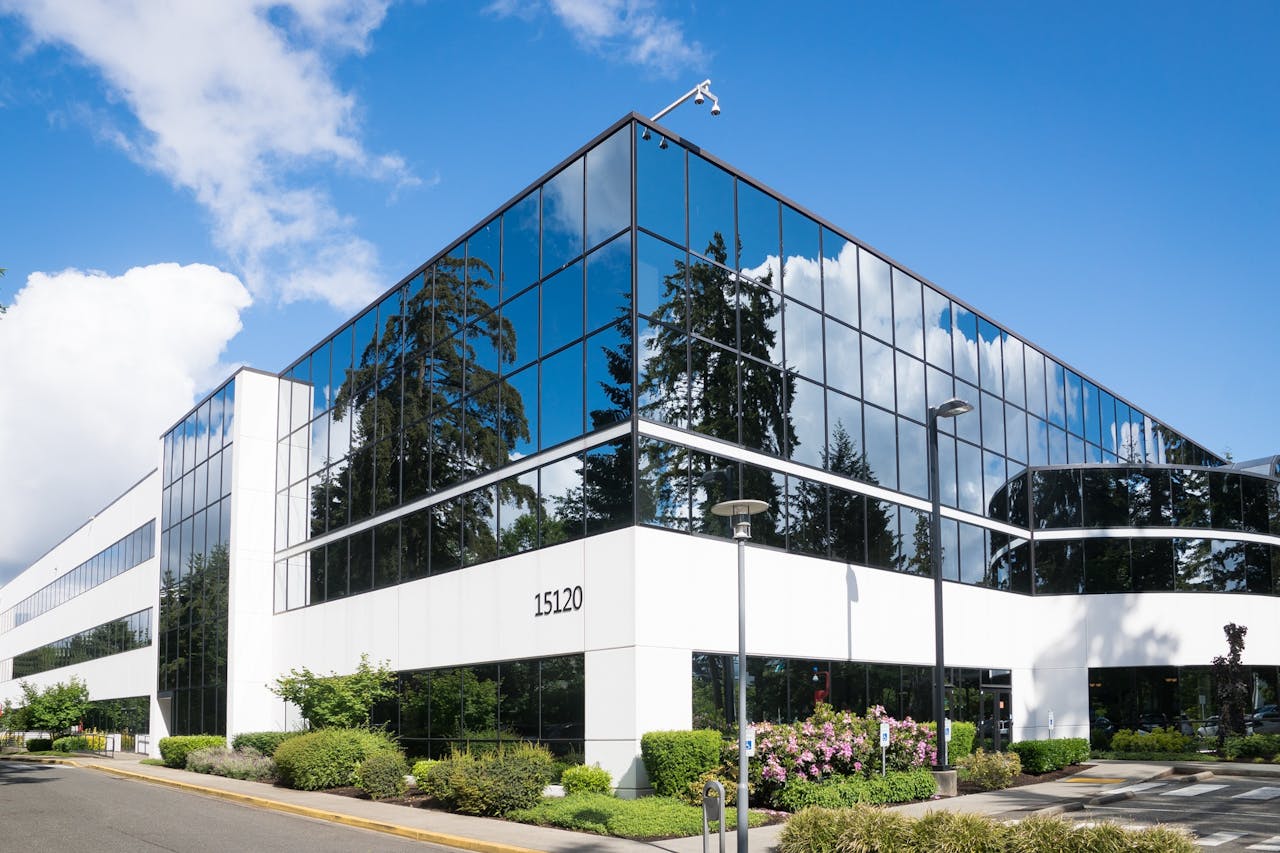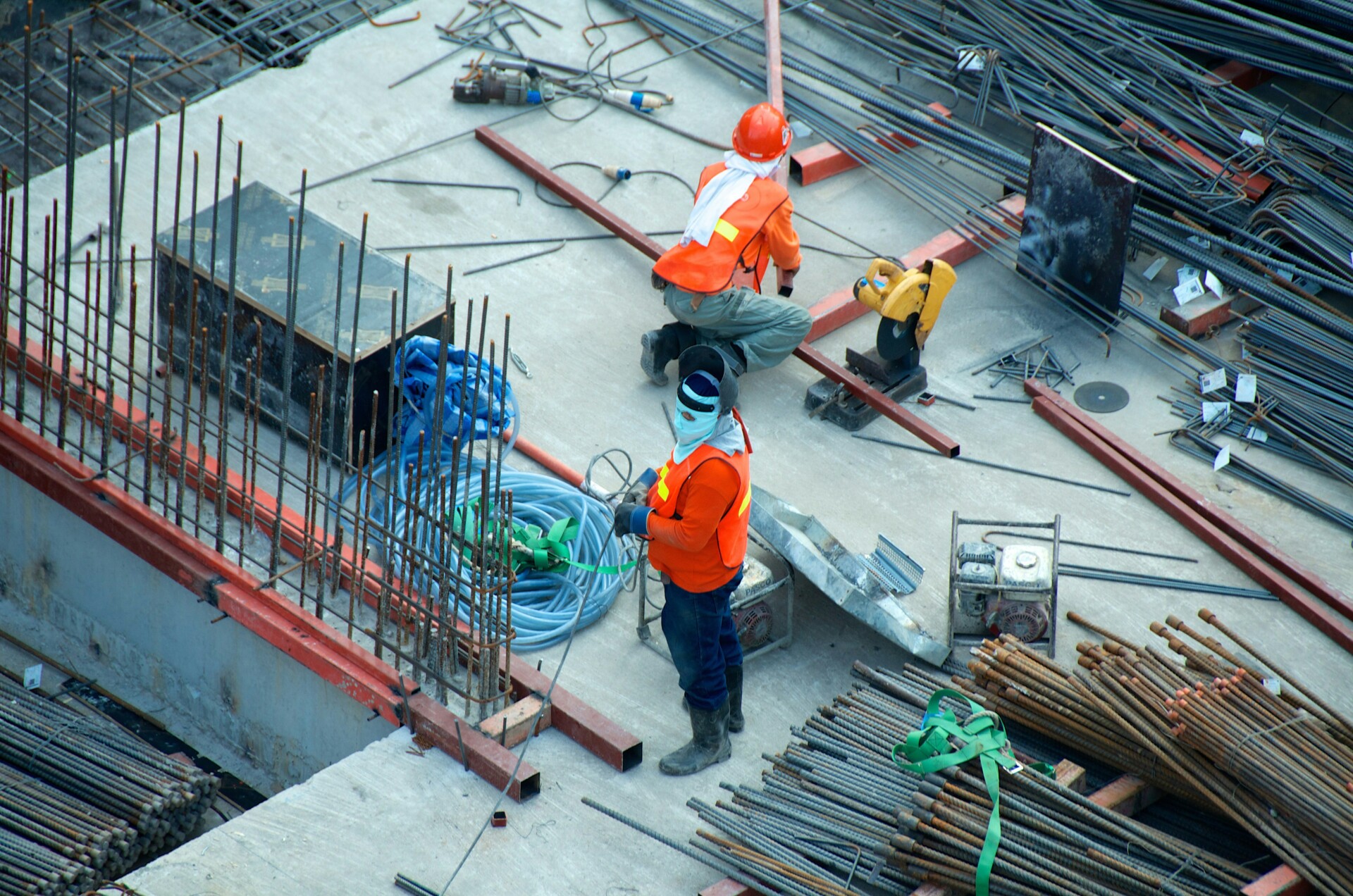Construction project management (CPM) involves the disciplined process of managing, coordinating, and supervising all aspects of construction operations from start to finish. This specialized approach brings order to complexity, transforming ambitious blueprints into completed structures that meet exacting standards.
At its core, CPM provides the framework to keep construction projects on schedule. It involves coordinating everything from initial feasibility studies to pre-construction planning, monitoring active construction phases, and overseeing final delivery and project closure. This comprehensive oversight helps teams navigate the challenges inherent in the construction industry, where budgetary constraints, tight schedules, and compliance requirements create a demanding environment that allows little room for error.
The construction industry is unique due to its deadline-driven nature and physical constraints. Every day on a job site incurs costs, and delays quickly cascade. CPM is employed to anticipate bottlenecks, manage resources efficiently, and maintain clear communication channels across trades and stakeholders. Whether managing a single residential project or coordinating multiple commercial developments, the principles remain the same: bring clarity to complexity, maintain vigilant oversight, and drive projects toward successful completion.
What Makes Construction Projects Uniquely Challenging?
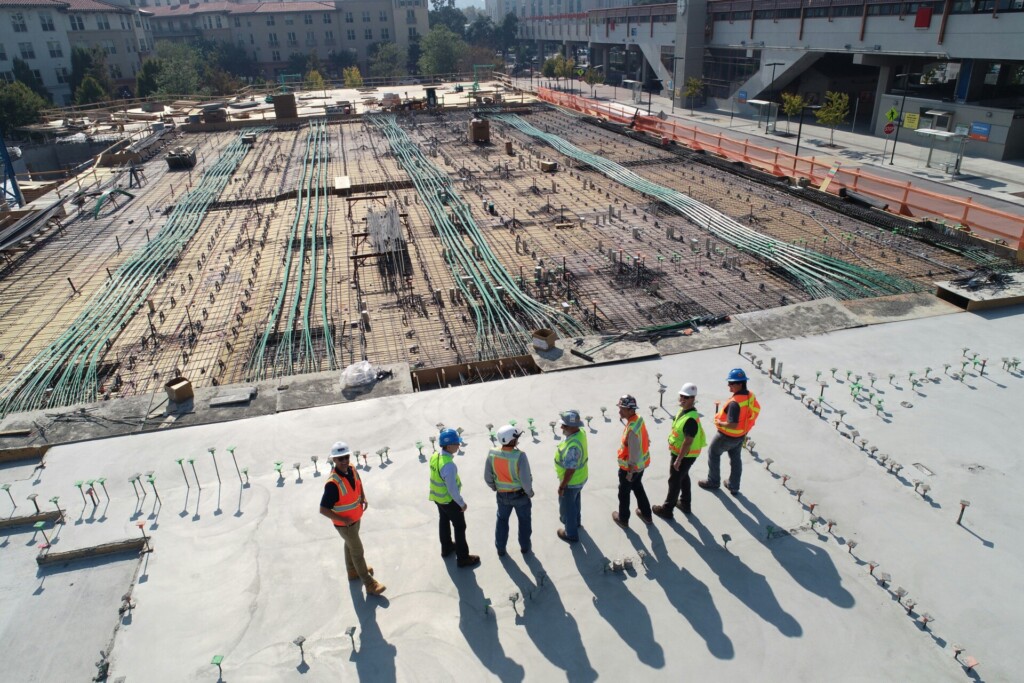
Managing a construction project is like orchestrating a complex symphony where dozens of moving parts must work in perfect harmony. At EB3 Construction, we tackle these challenges daily as we coordinate the intricate interactions between property owners, architects, engineers, and subcontractors. The built environment doesn’t materialize through simple transactions—it emerges through carefully managed relationships and processes that address both technical requirements and human factors.
The Stakeholder Web
Construction projects bring together a diverse array of stakeholders with competing priorities and expectations. We routinely mediate between developers focused on ROI timelines, architects concerned with design integrity, and regulatory officials ensuring code compliance. Each project becomes a balancing act of communication channels that must remain open and effective across organizational boundaries.
When coordinating a recent mixed-use development, we established weekly stakeholder meetings where cross-functional teams addressed concerns before they escalated into delays. This proactive approach transformed potential conflicts into collaborative problem-solving sessions. Managing these complex relationships requires both technical expertise and interpersonal skills that only come with field experience.
Navigating Regulatory Requirements
Building code compliance is one of the most significant challenges we face in project execution. Codes aren’t static—they evolve constantly as materials, technologies, and safety standards advance. Our teams must interpret these regulations within the context of each unique project while maintaining awareness of both national standards and local jurisdiction requirements.
The complexity increases when codes conflict or contain inconsistencies between different regulatory frameworks. We’ve developed systems to track these requirements from the earliest design phases through final inspections, preventing costly rework and scheduling delays. Building officials become partners rather than obstacles when we engage them early in the planning process.
| Challenge | Description |
|---|---|
| Improper Electrical Wiring | Leads to safety hazards like short circuits and fires. Compliance includes proper installation techniques and using correct wire sizes. |
| Inadequate Foundation Design | Poor foundation design can lead to settlement or collapse. Requires engaging a structural engineer and using high-quality materials. |
| Inadequate Fire Protection Systems | Fire safety systems must be installed and maintained according to fire codes to protect occupants. |
| Insufficient Egress Routes | Blocked or inadequate exits pose risks during emergencies, requiring accessible and properly marked exit paths. |
Site-Specific Constraints
Unlike manufacturing processes that occur in controlled environments, construction projects unfold in unique locations with specific geological, environmental, and logistical constraints. Weather patterns, soil conditions, and existing infrastructure all influence our execution strategies. We’ve developed soil stabilization techniques for sites with poor drainage and scheduling adaptations for regions with severe seasonal weather.
These physical constraints directly impact material storage, equipment access, and workforce deployment. Our site logistic plans account for everything from crane placement to delivery schedules, minimizing disruption while maintaining productivity. Each project requires a custom approach that builds upon past experiences while adapting to new challenges.
Financial and Timeline Management
Budget management in construction involves more variables than nearly any other industry. Material price fluctuations, labor availability, and unforeseen site conditions all impact the bottom line. We implement robust cost tracking systems that provide real-time visibility into expenditures, allowing for quick adjustments when variances emerge.
Accurate cost estimation forms the foundation of successful projects, requiring both historical data and forward-looking analysis. When timber prices surged unexpectedly last year, we quickly identified alternative materials and value engineering opportunities that kept projects within budget constraints. This financial agility represents a core competency in today’s volatile market conditions.
Safety and Quality Control Integration
Safety isn’t just a regulatory requirement—it’s fundamental to our operational philosophy. We integrate safety management into every aspect of project execution, from pre-construction planning through final delivery. Daily toolbox talks, regular safety audits, and continuous training create a culture where every team member takes responsibility for workplace conditions.
Quality control follows a similar integrated approach, with inspection protocols embedded throughout the construction process rather than applied at completion. This prevents costly rework and ensures that each phase meets specified standards before subsequent work begins. The synergy between safety and quality programs creates efficiencies that benefit both project timelines and outcomes.
Construction projects demand management approaches that address both technical complexities and human factors. By understanding these unique challenges, we develop systems that turn potential obstacles into opportunities for delivering exceptional value to property owners and developers.
What Are the Six Stages of Construction Project Management?

Managing complex construction projects involves more than just breaking ground and building structures. At EB3 Construction, we have developed a systematic six-stage process for construction project management that ensures quality deliverables and satisfied clients. Each stage builds upon the previous one, creating a cohesive framework that minimizes risk and maximizes efficiency throughout the construction life cycle.
Stage 1: Initiation – Laying the Groundwork
We begin every project by closely collaborating with property owners and developers to define needs, expectations, and project parameters. This critical first step sets the tone for the entire construction process, establishing clear objectives before any physical work begins.
During initiation, we conduct thorough feasibility studies to validate project viability from technical, financial, and regulatory perspectives. Given the current labor shortages and material price fluctuations across the industry, this preliminary analysis is more important than ever for realistic budgeting and scheduling.
We develop detailed business cases that outline project justification, anticipated returns, and alignment with stakeholder goals. By establishing these fundamentals early, we create a solid foundation that supports all subsequent construction activities.
Stage 2: Pre-Construction – Strategic Planning
Once the project scope is defined, we transition to pre-construction planning, assembling our specialized construction team. This includes selecting suitable general contractors, subcontractors, and consultants with expertise tailored to your project requirements.
We implement comprehensive workflows addressing every aspect of the upcoming construction process. Our team identifies potential risks and develops mitigation strategies before breaking ground, significantly reducing costly disruptions later in the project timeline.
In this phase, we establish robust systems for cost management, resource allocation, and communication protocols. We create detailed Gantt charts that visualize the critical path, dependencies, and key milestones to ensure everyone understands their role in the overall project success.
Stage 3: Execution – Building with Precision
The execution stage is where plans become reality. We coordinate all on-site construction activities according to the approved plans and specifications, carefully managing the integration of various building systems and components.
Effective communication serves as the backbone of our execution phase. With construction teams often losing significant time to poor coordination and communication issues, we prioritize daily site meetings and digital updates to keep everyone aligned.
We track progress against established milestones and adjust resources as needed to maintain momentum. Our site supervisors uphold rigorous quality control standards throughout the building process, ensuring every element meets or exceeds applicable building codes and industry standards.
Stage 4: Commissioning – Verifying Quality
Commissioning represents a critical transition point where we validate that all installed systems function as designed. This stage involves systematic testing, adjustment, and documentation of building performance to ensure operational readiness.
We conduct thorough final walkthroughs with our quality control team to identify any remaining items requiring attention. These items are documented in a punch list categorizing issues by priority, responsible party, and completion timeline.
During formal deliverable presentations, we walk clients through completed spaces, demonstrating system operations and highlighting key features. We also provide training sessions to ensure property managers and maintenance staff understand how to operate and maintain all building systems effectively for optimal performance and longevity.
Stage 5: Occupancy and Warranty – Supporting Transition
As clients take possession of their completed space, our relationship continues through the occupancy and warranty period. We coordinate the seamless transition from construction site to functional property, addressing any adjustments needed as systems begin regular operation.
We provide clear documentation of all warranty terms, whether contractual or implied. Recent changes to construction warranty requirements in several states have extended coverage periods for structural elements, making comprehensive documentation crucial.
Our team remains responsive throughout the warranty period, addressing any issues promptly to minimize disruption to building operations. We maintain detailed records of all warranty-related activities, creating transparency and accountability throughout this critical post-construction phase.
Stage 6: Closure – Documenting Success
The final stage in our construction project management approach involves formal project closeout procedures. We compile all relevant documentation, including as-built drawings, operations manuals, warranty information, and regulatory compliance certificates into comprehensive project archives.
We conduct post-mortem meetings with our internal teams to analyze project performance, identifying both successful strategies and opportunities for improvement. These lessons learned sessions are invaluable for continuously refining our construction management processes.
Systematically evaluating completed projects allows us to build institutional knowledge that benefits future construction initiatives. This commitment to ongoing improvement enables us to deliver increasingly efficient and effective construction services to our clients across diverse project types.
What Types of Construction Project Management Methods Exist?
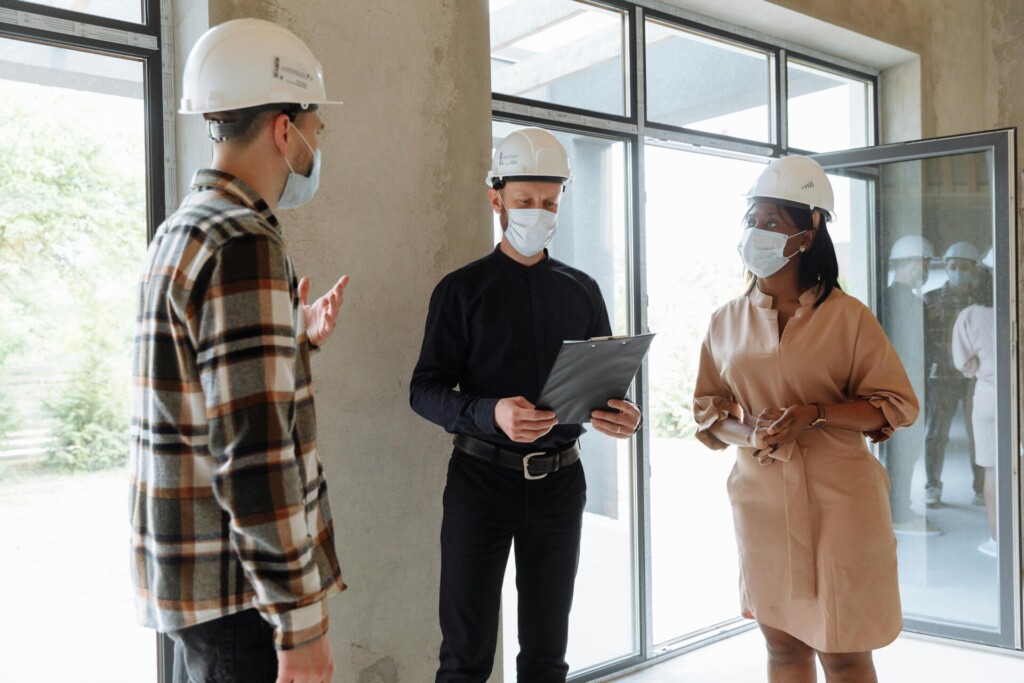
At EB3 Construction, we implement various project management methods to address the unique demands of each development project. By understanding the strengths of different approaches, we tailor our management strategy to achieve optimal results for property owners and developers. Each method offers distinct advantages in terms of efficiency, cost control, and risk management.
Traditional Project Management
When executing projects using the traditional method, or Design-Bid-Build (DBB), we maintain separate design and construction teams. This approach establishes clear boundaries between the planning and building phases. The project owner contracts with an architect to complete designs before we become involved as general contractors through a competitive bidding process.
This method is particularly effective for projects with well-defined requirements and stable scopes. During the winter of 2023, we managed a commercial development in Minneapolis using the traditional approach, which allowed the owner to thoroughly vet design elements prior to construction. While this approach can extend timelines, it often provides property owners with greater cost certainty and control over the final design.
Design-Build Project Management
When speed and integration are priorities, we offer design-build services where our team handles both design and construction under a single contract. This unified approach reduces communication gaps and typically accelerates project delivery by overlapping design and construction phases. This method is invaluable for fast-tracked projects.
By managing both design and construction, we streamline decision-making processes and ensure constructability is considered from the earliest design stages. This approach typically reduces change orders and creates a single point of accountability for project outcomes. Most importantly, it frees property developers from mediating between separate design and construction entities.
Construction Management at Risk (CMAR)
CMAR positions us as both consultant during design and general contractor during construction. The key feature is our guarantee of a maximum price, absorbing the financial risk of cost overruns. This arrangement aligns our interests with the property owner’s budget objectives while still allowing for design input.
We find CMAR particularly effective for complex projects where costs might otherwise be difficult to predict. The approach incentivizes our team to identify cost-saving opportunities and manage subcontractors efficiently. For property developers with strict budgetary constraints but who still need design flexibility, CMAR offers a balanced solution.
Integrated Project Delivery (IPD)
IPD represents the most collaborative approach in our toolkit. By implementing IPD, we bring together the owner, designers, contractors, and key subcontractors from project inception. All parties sign a single contract, share risk and reward, and make decisions collectively. This approach fundamentally changes traditional relationships by fostering genuine teamwork.
The current labor challenges in construction make IPD increasingly valuable. By involving trade contractors early, we secure skilled labor commitments before construction commences. Recent supply chain disruptions have also highlighted IPD’s value, with early collaboration allowing us to identify material alternatives and lock in prices before building starts. While requiring more upfront coordination, IPD typically delivers superior results for complex, innovative projects.
Lean Construction Management
Lean construction principles guide us in maximizing value while eliminating waste throughout the construction process. This approach, adapted from manufacturing methodologies, focuses on continuous improvement, just-in-time delivery, and respect for people. We implement lean techniques across various project delivery methods to increase efficiency.
Our use of pull planning sessions, where we work backward from milestone dates with all trades, has consistently compressed schedules and reduced costly conflicts. Lean construction isn’t just about efficiency—it’s about creating predictable workflow and fostering a culture of accountability. For developers concerned with both schedule and budget performance, lean principles offer significant advantages.
| Method | Advantages | Disadvantages |
|---|---|---|
| Design-Bid-Build | Well-defined requirements, Cost certainty, Control over final design | Extended timelines |
| Design-Build | Reduced communication gaps, Accelerated project delivery | Less control over design |
| Construction Management at Risk (CMAR) | Aligns interests with budget objectives, Cost-saving opportunities | Design changes may increase costs |
| Integrated Project Delivery (IPD) | Collaborative decision-making, Risk and reward shared | Requires greater upfront coordination |
| Lean Construction Management | Maximizes value, Eliminates waste, Predictable workflow | Requires cultural shift in process |
| Agile Construction Management | Adaptability, Greater flexibility, Fast iteration | Not suitable for all project types |
| Owner-Builder | Maximum control for owners | Requires construction knowledge |
Agile Construction Management
Borrowing from software development, agile construction divides projects into smaller, manageable increments called sprints. This approach allows for greater adaptability as requirements evolve. We’ve successfully applied agile principles to interior fit-outs and renovation projects where discovery conditions frequently alter plans.
The iterative nature of agile construction management provides flexibility in addressing unforeseen challenges while maintaining forward momentum. Daily stand-up meetings keep all stakeholders informed of progress and obstacles. While not suitable for all project types, agile methods excel when requirements may shift or when phased occupancy is desired.
Owner-Builder Project Management
Some sophisticated property owners choose to manage construction directly, contracting with trade contractors themselves. In these scenarios, we often provide construction management support services without assuming the role of general contractor. This approach gives owners maximum control but requires significant construction knowledge.
The California housing boom has seen an increase in owner-builder arrangements as experienced developers seek to trim costs. This method works best when the owner has substantial construction experience or is willing to hire an experienced construction manager. We provide varying levels of support to owner-builders, from full oversight to targeted consulting on specific aspects of the project.
Selecting the right project management method involves careful consideration of project complexity, budget constraints, schedule requirements, and the owner’s desired level of involvement. We evaluate these factors with our clients early in the development process to determine which approach will deliver the greatest value for their specific project needs.
What Tools and Software Help Manage Construction Projects?

Successfully managing construction projects today requires more than just experience and industry knowledge. Implementing robust project management software is crucial for seamless project delivery, helping teams plan, coordinate, and execute work efficiently across multiple job sites and disciplines.
Essential Features of Construction Project Management Software
When selecting software for our construction projects, we prioritize tools with comprehensive functionality that meets the unique demands of our industry. The most valuable platforms integrate several critical capabilities:
Gantt charts stand out as a vital visualization tool we use daily. These interactive timelines allow us to map out the entire project schedule, establish task dependencies, and identify the critical path. By visualizing the construction sequence, we can quickly identify potential bottlenecks before they impact the project timeline and adjust resources as needed.
Resource management features help us allocate labor, equipment, and materials efficiently. We can balance workloads across multiple projects, preventing overallocation and idle resources. This visibility ensures we have the right people and materials on-site exactly when needed, minimizing costly downtime and keeping projects on track.
Budget tracking and cost management tools offer real-time financial oversight. We can monitor expenses against estimates, track change orders, manage procurement, and generate detailed financial reports. This transparency helps maintain budget discipline and provides early warnings when costs begin to deviate from projections.
Field-to-Office Communication
Centralized communication has transformed our coordination with subcontractors, architects, and clients. Document sharing, RFI management, and collaborative markup tools ensure everyone works from the latest information, reducing errors and eliminating duplicate work while creating a searchable record of project communications and decisions.
Mobile access has become essential for our field teams. Superintendents and foremen need to be able to update progress, document site conditions, and access plans from anywhere. The best platforms offer robust mobile apps that function effectively even with limited connectivity, synchronizing data when connections are restored.
Weather impacts, material delays, and subcontractor scheduling conflicts are common challenges in construction. Quality software helps us navigate these issues through scenario planning tools and automated notifications when scheduled activities are at risk. We can quickly develop contingency plans and communicate changes to all stakeholders.
Finding the Right Solution
The construction software market offers solutions ranging from general-purpose project management platforms to highly specialized construction-specific tools. We typically evaluate options based on several practical considerations:
User-friendliness significantly impacts adoption across teams with varying technical comfort levels. Intuitive interfaces with minimal training requirements ensure everyone from project managers to field superintendents can effectively use the system. The best platforms balance powerful functionality with straightforward operation.
Integration capabilities determine how well the software works with existing systems. Seamless connections to accounting software, BIM platforms, and estimating tools create a cohesive technology ecosystem that eliminates duplicate data entry and ensures consistency across systems.
Customization options allow us to tailor workflows to our specific processes, rather than forcing our teams to adapt to rigid software requirements. The ability to create custom fields, reports, and templates helps the software conform to our established practices while still providing structure and consistency.
Implementation support and ongoing customer service are crucial factors often overlooked during the selection process. Even the most powerful software delivers limited value if users struggle with setup or encounter unresolved technical issues. We prioritize vendors offering comprehensive onboarding, training resources, and responsive support channels.
Balancing Sophistication with Practicality
While feature-rich platforms offer impressive capabilities, we have learned that more isn’t always better. Overly complex systems can overwhelm users and lead to poor adoption. The ideal solution provides the essential tools needed to manage construction projects effectively without unnecessary complications.
Construction project management software continues to evolve with innovations like AI-assisted scheduling, predictive analytics for risk management, and enhanced visualization tools. These advancements help us further refine our project delivery processes and remain competitive in a technology-driven industry.
By carefully selecting and implementing the right project management software, we maintain better control over schedules, resources, and budgets—ultimately delivering projects that meet client expectations for quality, timeline, and cost performance.
Conclusion: Mastering Construction Project Management
At EB3 Construction, we’ve discovered that successful project management hinges on our ability to navigate the complex ecosystem of stakeholders, resources, and timelines inherent in our industry. With material costs fluctuating and labor availability shifting, especially in today’s market, we approach each project with a robust framework that accounts for these variables from the start.
Our experience indicates that construction projects rarely fail due to technical building challenges alone. More often, it is breakdowns in communication, poorly defined objectives, or inadequate risk assessment that derail progress. We address these pitfalls by implementing structured communication protocols and comprehensive planning processes during pre-construction. This approach ensures all stakeholders understand their responsibilities and how their work connects to the broader project lifecycle.
Looking forward, we recognize that construction management continues to evolve with new technologies and methodologies. While implementing tools that enhance coordination and monitoring is crucial, we maintain that the fundamentals of construction project management remain consistent: clear scope definition, proactive budget control, rigorous scheduling, and attentive stakeholder management. These elements, executed with precision and care, form the foundation of our approach to every project we undertake for developers and property owners.
Contact EB3 Construction to discuss how our proven project management approach can bring clarity and efficiency to your next development.
